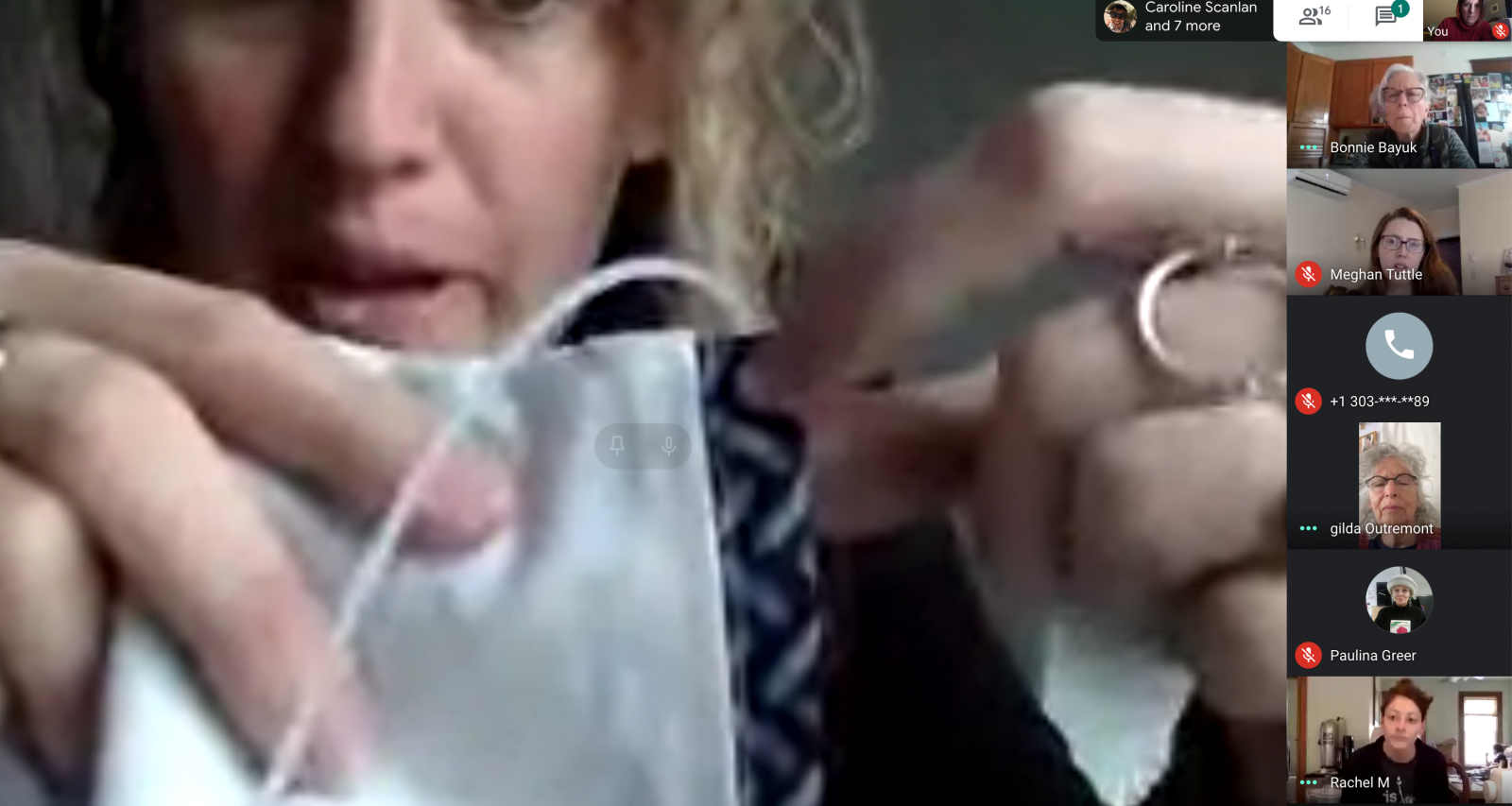Clovia McIntosh, Founder of IRL Innovations, Makes Things That Make Life a Little Bit Easier
 When Clovia McIntosh comes across an unmet need in everyday life, she doesn’t lament its absence – she invents something to solve the problem.
When Clovia McIntosh comes across an unmet need in everyday life, she doesn’t lament its absence – she invents something to solve the problem.
A graduate of the University of Bridgeport business school, Clovia is the founder of IRL Innovations – IRL standing for, appropriately enough, "In Real Life." With an eye towards "inventing real-life solutions for real life problems," Clovia has developed designs for three separate products, all intended to make everyday life just a little bit easier.
Clovia’s flagship product is Toobe, a foldable, standup bathtub insert designed to prevent young




 When the pandemic hit in March and businesses were shut down, MakeHaven stepped up to offer help to our community, illustrating
When the pandemic hit in March and businesses were shut down, MakeHaven stepped up to offer help to our community, illustrating 